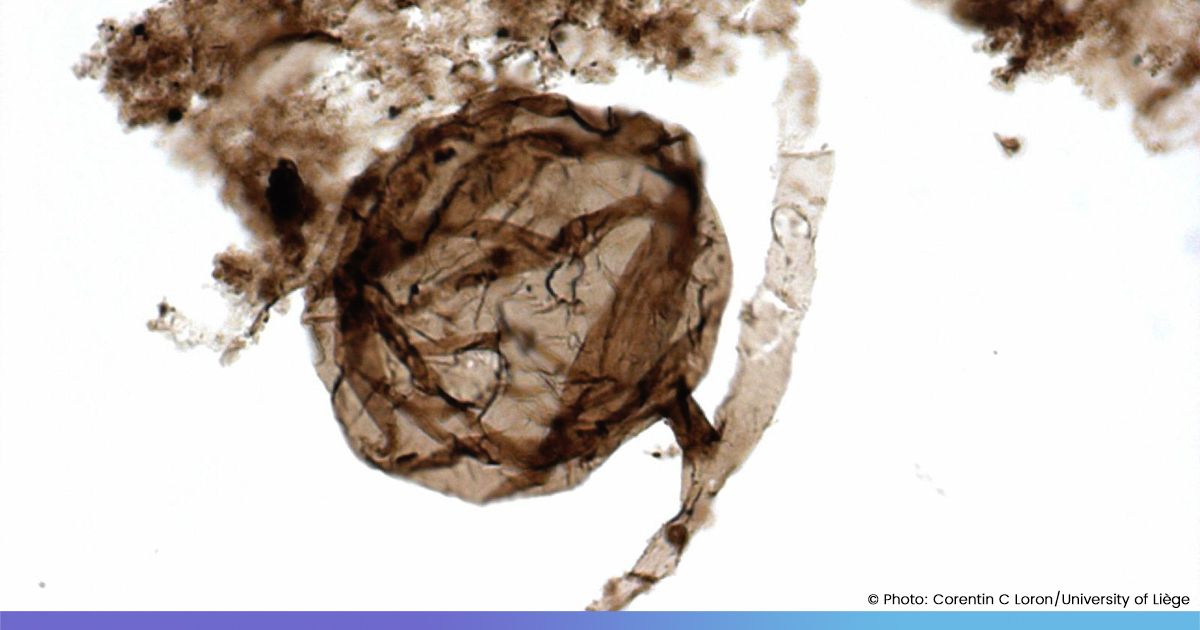In a discovery that sheds light on the origins of life on Earth a billion years ago, researchers have unearthed Microfossils of a globular spore connected to a T-shaped filament in an Arctic region of northwestern Canada, which represents the oldest-known fungus.
A significant role in global ecosystems is played by fungi, like in the process of organic decomposition. A key difference between plants and fungi is that fungi are not capable of photosynthesis.
Billion years old fungus
On May 22, scientists said that the multicellular fungus, Ourasphaira giraldae, is an ancestor of a diverse group that includes the likes of yeasts, molds and mushrooms today. It existed and survived in an estuary environment around 900 million to one billion years ago.
The fossils dated back to the Proterozoic era, just before the growth of complex life, and was contained in shale rock from Canada’s Northwest Territories.
For concluding that the fossils were those of fungi, researchers found out that a fibrous substance called chitin was present in the cell walls of Ourasphaira. Chitin, which is a key fungal characteristic, is also present in durable exoskeletons of animals like insects and crustaceans.
The oldest-known fungus fossil, however, was about 410 million years old from Scotland, until now.
Fungi belong to eukaryotes, a broad group of organisms with a clearly defined nucleus. This also includes plants and animals.
“Fungi are one of the more diverse groups of eukaryotes known today and, despite this, their ancient fossil record is very scarce,” KFGO quoted paleobiologist Corentin Loron of the University of Liège in Belgium.
Une équipe de recherche menée par Corentin Loron, doctorant à l’#ULiège, découvre les plus anciens fossiles de champignons connus à ce jour, repoussant d’un demi-milliard d’années l’enregistrement fossile des champignons ! @NatureNews
▶️ https://t.co/2ZUP35fAmq pic.twitter.com/o7o19eI64b— Université de Liège (@UniversiteLiege) May 23, 2019
Since there is a very close evolutionary relationship between animals and fungi, researchers believe in the possibility of early forms of microscopic animal life having lived at the same time as Ourasphaira giraldae.
The earliest rudimentary animal fossils are about 635 million years old.
“Of course, when talking about fungi, we think of poisonous mushrooms or molds that grow on food. But fungi are also well known to help productivity in cultivated fields, for fermentation purposes like yeast in beer, or for their role in the digestive system – for example, in the rumen of cows – to help cellulose digestion,” Loron said.
Also Read: With Insects Rapidly Dying, Earth Is Moving Towards Its 6th Mass Extinction












